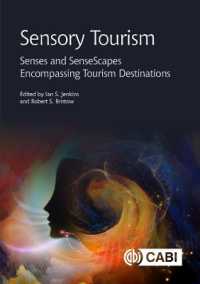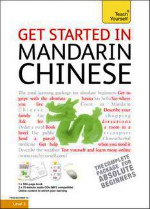基本説明
This two volume work examines every aspect of language change and two centuries of linguistic approaches towards understanding it. The enterprise opens with a consideration of the nature of language and what constitutes language change. Gary Miller argues that a single overarching theory is insufficient to encompass the protean mix of linguistic, social, political, and cognitive factors involved in linguistic diachrony. He analyses general processes of phonetic, phonological, morphological, and syntactic change, and explores their origins, causes, and effects. To support his analyses, he provides detailed case studies of such phenomena as the Middle English vowels, the history of English do, and development of the feminine gender in Indo-European. He offers a balanced approach to the effects of first language acquisition, describes general and specific processes including grammaticalization and creolization, and examines the role of differential rates of change in regional and dialectal variation. He reveals that several fundamental concepts in historical linguistics are much older than conventionally assumed. In its comprehensive approach and great linguistic and historical range, this is a contribution of enduring use and value to historical linguistics and linguistic theory.
Full Description
This two volume work examines every aspect of language change and two centuries of linguistic approaches towards understanding it. The enterprise opens with a consideration of the nature of language and what constitutes language change. Gary Miller argues that a single overarching theory is insufficient to encompass the protean mix of linguistic, social, political, and cognitive factors involved in linguistic diachrony. He analyses general processes of phonetic,
phonological, morphological, and syntactic change, and explores their origins, causes, and effects. To support his analyses, he provides detailed case studies of such phenomena as the Middle English vowels, the history of English do, and development of the feminine gender in Indo-European. He offers a
balanced approach to the effects of first language acquisition, describes general and specific processes including grammaticalization and creolization, and examines the role of differential rates of change in regional and dialectal variation. He reveals that several fundamental concepts in historical linguistics are much older than conventionally assumed. In its comprehensive approach and great linguistic and historical range, this is a contribution of enduring use and value to historical
linguistics and linguistic theory.
Volume I examines topics involving change in different components of the grammar from the perspectives of theory, acquisition, variation, and motivation. Gary Miller investigates traditional concerns, such as variation and lexical diffusion, and considers their impact on contemporary issues. He discusses the interaction of articulatory and perceptual factors, the implications of naturalness for expected changes, and the consequences of alterations of syllable timing for contemporary theory. The
volume closes with a description of and motivations for vowel shifts.
In Volume II, the focus turns to morphological and syntactic language changes. By most theoretical accounts, morphology is not autonomous, but interacts with at least three other domains: (i) phonology and perception, (ii) the lexicon / culture, and (iii) syntax. Having addressed the first of these extensively in Volume I, Gary Miller illustrates the second with the rise of the feminine gender in Indo-European, and the third by documentation of the changes from Latin to Romance in the coding of
reflexive, anticausative, middle, and passive. He shows how syntactic change is (micro)parametric and is typically motivated by changes in lexical features, including the numerous shifts from lexical to functional content as well as changes within functional categories. Finally, he considers the
genesis of creole inflectional, derivational, and syntactic categories, involving the interaction of contact phenomena with morphological and syntactic change.
Contents
VOLUME I: APPROACHES, METHODOLOGY, AND SOUND CHANGE; VOLUMME II: MORPHOLOGICAL, SYNTACTIC, AND TYPOLOGICAL CHANGE








